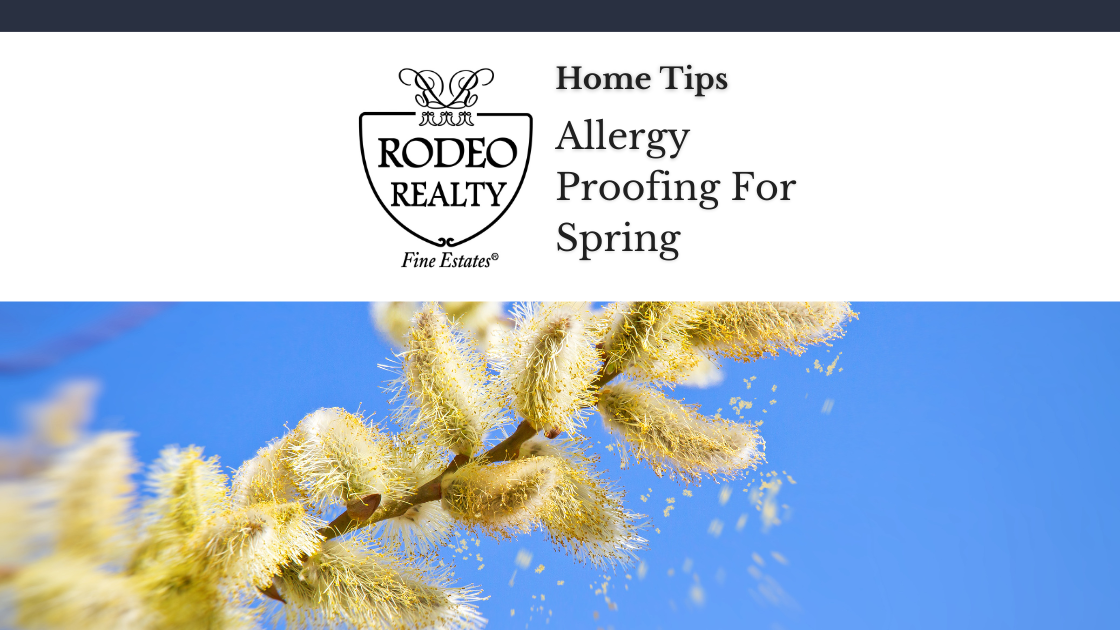As trees bloom and the weather warms, spring can bring more than just a welcome change of scenery; it’s also the peak season for allergies. Dust, pollen, and other airborne irritants can turn your home from a safe haven into a sneeze-inducing nightmare. To help you keep the air in your home clean and your family healthy, here are effective strategies for allergy-proofing your home.
Upgrade Your Air Filters
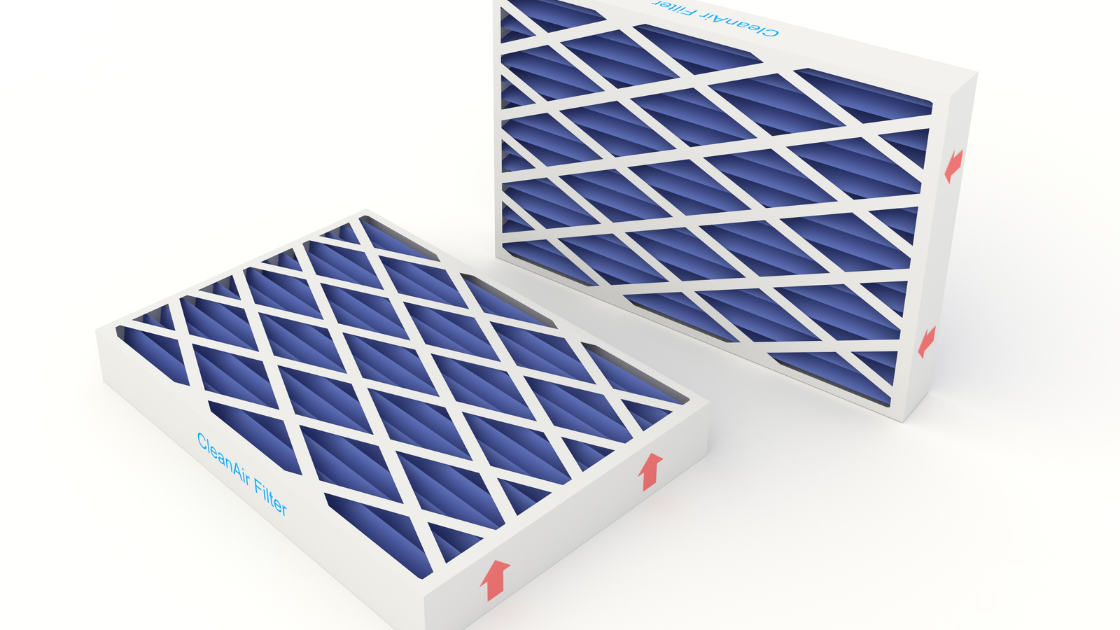
One of the most effective ways to combat indoor allergens is by using high-quality air filters in your HVAC system. Filters rated with a High-Efficiency Particulate Air (HEPA) standard can trap particles as small as 0.3 microns, which includes most allergens. Make sure to replace these filters every three months, or more frequently if you have pets or live in a high-pollen area. Additionally, consider adding air purifiers with HEPA filters in frequently used rooms like bedrooms and living areas to further reduce allergen levels.
Implement Regular Deep Cleaning Practices
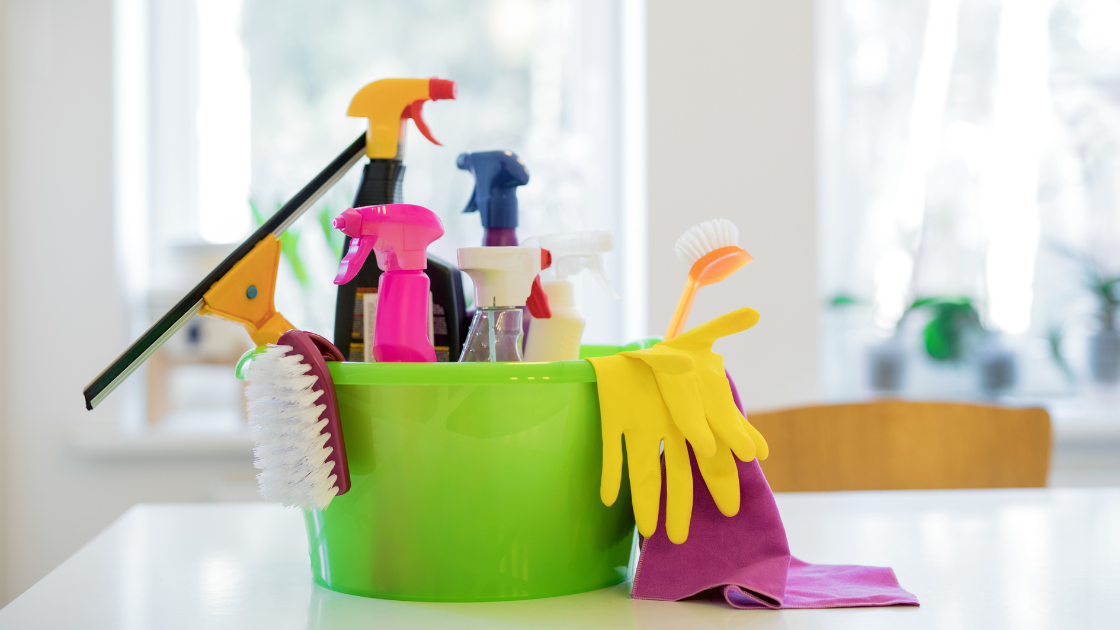
Regular cleaning is crucial in minimizing allergy irritants in your home, but spring calls for a deep clean. Focus on areas where allergens are likely to accumulate, such as:
- Carpets and Rugs: Vacuum at least twice a week using a vacuum equipped with a HEPA filter. Consider professional cleaning annually or biannually, especially in high-traffic areas.
- Upholstery and Curtains: Fabric can trap allergens, so wash or steam clean curtains and clean upholstery according to manufacturer recommendations.
- Hard Surfaces: Dust can collect on surfaces like shelves, baseboards, and ceiling fans. Use a damp cloth to wipe these areas weekly to prevent dust from circulating back into the air.
Maintain a Dust-Free Environment
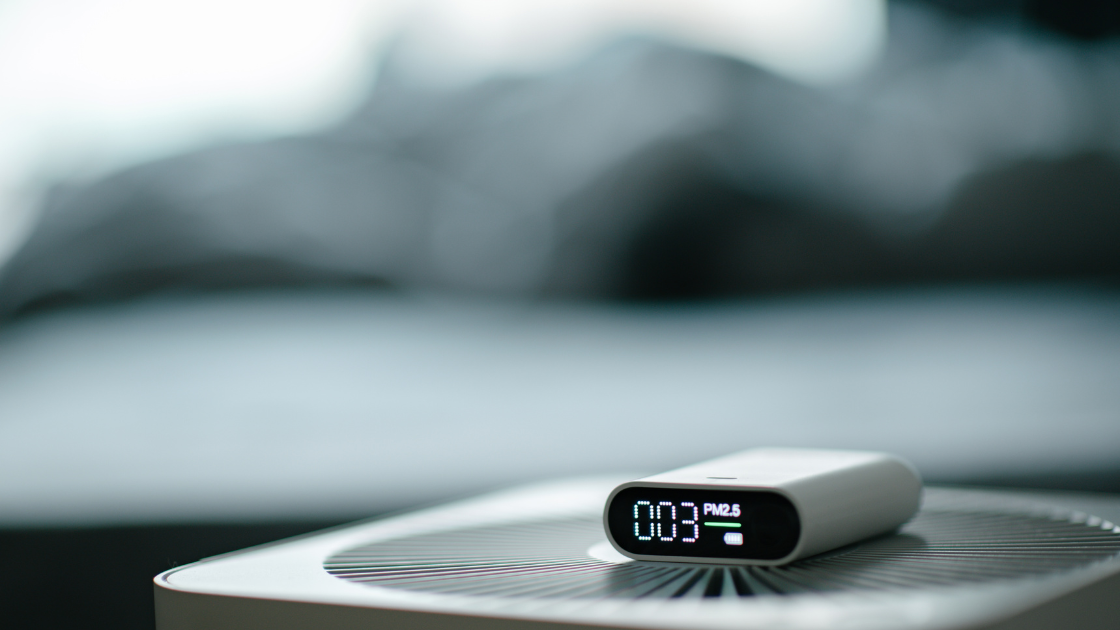
Reducing clutter can significantly decrease dust and allergens in your home:
- Declutter: Keep surfaces clear of unnecessary items, and store books, magazines, and decorations in closed cabinets to reduce dust accumulation.
- Bedding: Use an allergen-proof mattress and pillow covers, and wash bedding weekly in hot water to kill dust mites and remove allergens.
- Pets: Keep pets groomed and bathed regularly to reduce the amount of pet dander in your home. Restricting pets from certain areas, especially bedrooms, can also help.
Control Humidity and Ventilation
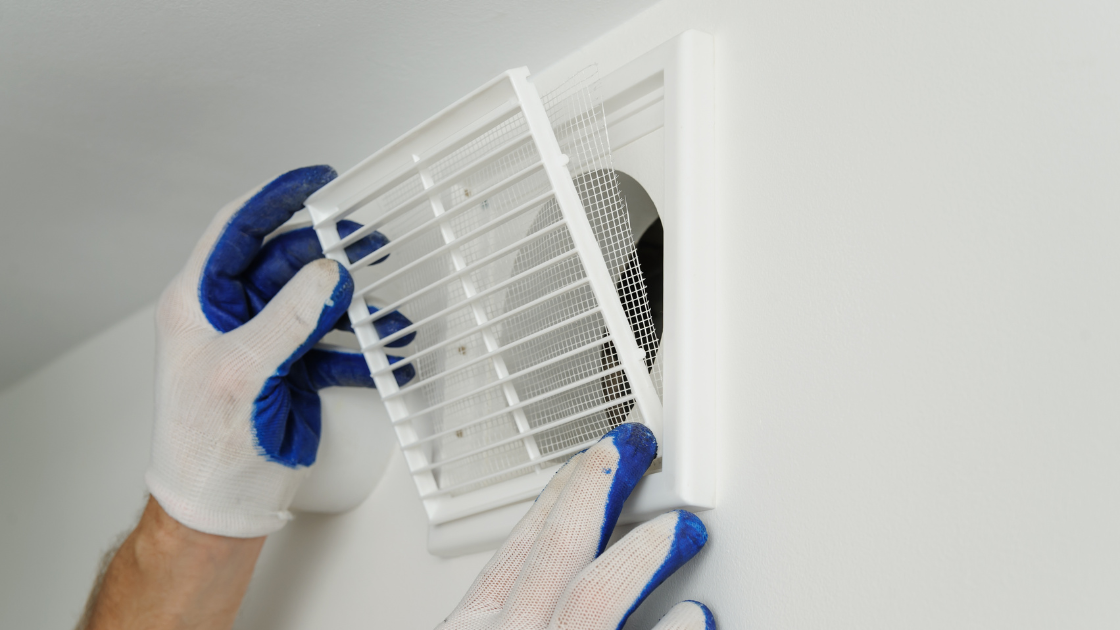
Maintaining the right humidity level can discourage the growth of mold and dust mites, both of which are common allergens. Aim to keep your home’s humidity around 30-50%. Use dehumidifiers in damp areas and ensure that your home is well-ventilated to prevent mold growth in places like bathrooms and kitchens.
Consider Your Outdoor Connection

Limiting how much pollen you bring into your home can also reduce allergy symptoms:
- Entryways: Keep windows and doors closed during high pollen times. Use doormats and a shoe station at entryways to reduce the amount of pollen entering from outside.
- Clothing: Change clothing and take showers after being outdoors to wash away pollen.
By following these tips, you can significantly reduce the presence of allergens in your home, making it a more comfortable and healthier environment for everyone this spring. Regular maintenance and a few adjustments to your cleaning habits can go a long way in keeping your indoor air fresh and free from allergens. Stay healthy and breathe easier with a home that supports your well-being all season long!
